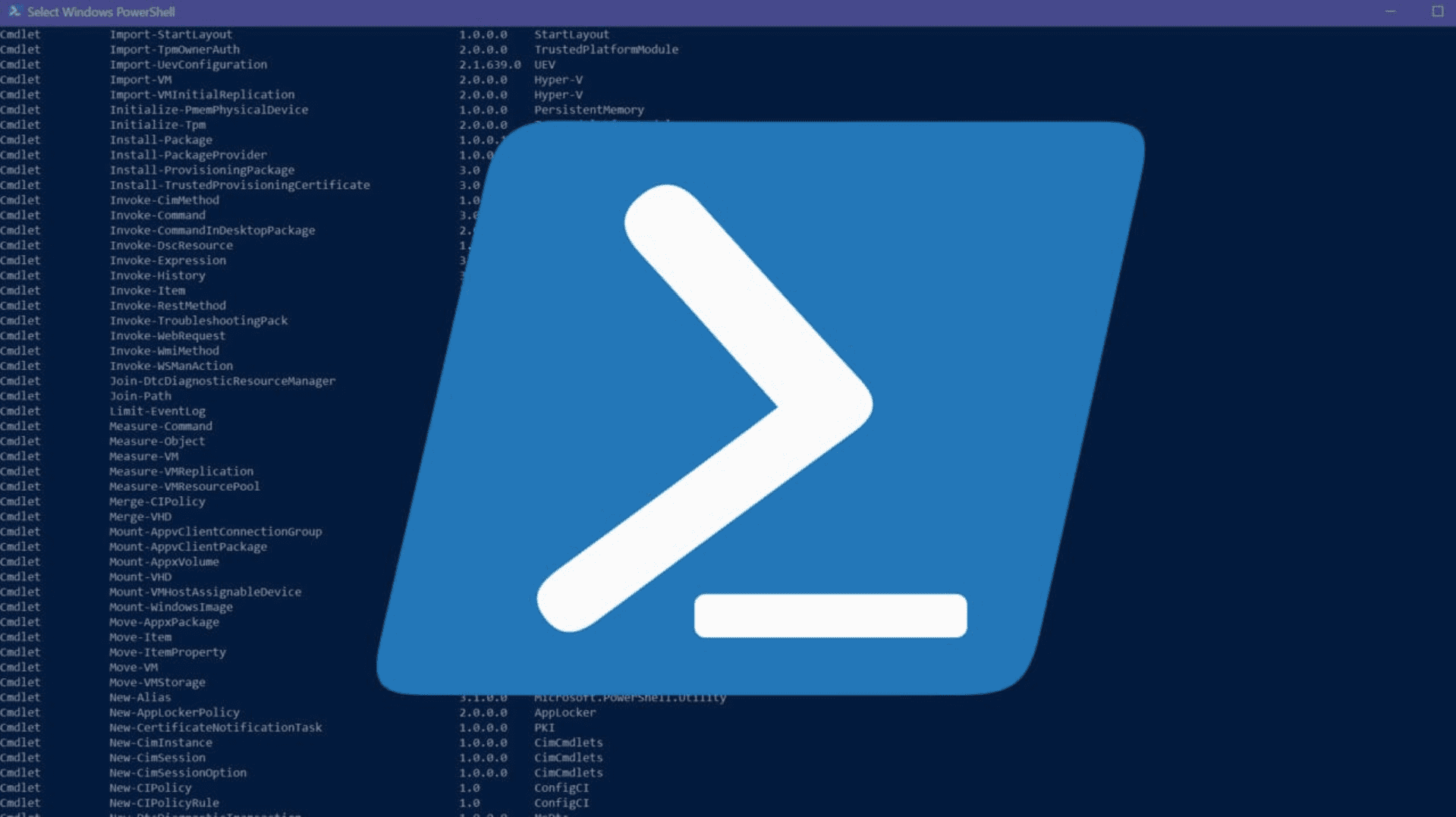PowerShell
- Blog
- PowerShell

5 Easy Ways to Install PowerShell 7 on Windows
Looking to install the latest version of Powershell? Here's the tutorial to install the latest version of the platform.
Last Update: Mar 22, 2024
- Sep 04, 2019
-
About PowerShell
PowerShell is a robust scripting language and command-line shell developed by Microsoft. Originally developed for Windows, it is now a cross-platform language. Serving as a task automation framework, PowerShell lets you manage and automate the administration of systems and processes. Using .NET objects and classes, it offers a lot of flexibility and functionality compared to traditional VBScript and DOS, scripting methods traditionally used on Windows.
Let the PowerShell category page be your guide to scripting excellence, as you enhance your skill set and optimize your workflow.
LATEST

What is PowerShell and How to Get Started With It?
Last Update: Mar 22, 2024
- Sep 07, 2022
-
PowerShell is a cross-platform object-oriented language and shell that IT pros can use to manage computers running Windows, Linux, and macOS. PowerShell can automate tasks across thousands of computers simultaneously. If you’ve ever wondered what PowerShell is and what it’s for, this article aims to answer some of the most common questions you may have…

How to Use PowerShell For Loop, While Loop, and Other Loops
Last Update: Mar 13, 2024
- May 23, 2022
-
In this article, we will review PowerShell For loops, While loops, Do-While loops, and Do-Until loops. I’ll explain how PowerShell loops are constructed and how to define conditions to enter or exit a loop. PowerShell For loop The For loop is а counting loop, and it’s mostly used when you need to repeat a task…

PowerShell Set Environment Variable – A Step-By-Step Guide
Last Update: Jan 30, 2024
- Dec 05, 2022
-
Environment variables are essential for accessing command line tools and controlling program execution in operating systems. In Windows, PowerShell provides a convenient way to manage and access environment variables. You can set the environment path, edit existing paths, and handle the user profile on your computer. In this step-by-step guide, we’ll explore what environment variables…

Set-ExecutionPolicy – Mastering PowerShell Execution Policy
Last Update: Dec 08, 2023
- Dec 05, 2023
-
PowerShell is considered secure by default due to various design principles and features that Microsoft incorporated into its architecture. These measures aim to ensure that PowerShell provides a robust, yet safe, scripting environment for system administration tasks. One feature of PowerShell that contributes to this are known as execution policies, which can be set using…

How to Write and Run a PowerShell Script File on Windows 11
Last Update: Dec 05, 2023
- Apr 04, 2022
-
PowerShell is a command-line tool developed by Microsoft for automating common administrative tasks. A script is a collection of PowerShell commands, stored into a text file, with a *.ps1 file extension. When executing a PowerShell script, the interpreter reads the file and runs the commands sequentially. You can create a PowerShell script using any text…

How to Connect to Exchange Online Using PowerShell
Last Update: Dec 05, 2023
- Jun 09, 2023
-
Exchange Online PowerShell is a command-line tool that allows you to manage your Exchange Online mailboxes and users. It can be used to perform a variety of tasks, such as creating and managing mailboxes, configuring mail flow rules, and managing user permissions. In this guide, we’ll show you how to install and connect to Exchange…

Test Network Connectivity with PowerShell Test-Connection
Last Update: Nov 15, 2023
- Aug 09, 2022
-
In this article, I will show you how to test network connectivity between two endpoints using the PowerShell Test-Connection cmdlet. PowerShell Test-Connection vs Ping Since the first time computers were networked together, people have had to test their connections. Just like a dial tone that tells you the phone is ready to use, many IT…

Get-ADComputer: The PowerShell Command for Managing Active Directory Computers
- Nov 15, 2023
-
The Get-ADComputer PowerShell cmdlet is a powerful tool for managing AD computers. It can be used to retrieve information about computer objects, search for computer objects based on specific criteria, and perform various actions on computer objects. What is Get-ADComputer used for? Get-ADComputer is a PowerShell cmdlet that retrieves one or more computers from Active…

How to Create Files and Folders with PowerShell
Last Update: Oct 16, 2023
- Jun 22, 2022
-
When you need to create files and folders on a Windows PC, using the GUI seems the most intuitive way to do it. However, PowerShell can intelligently create multiple files and folders in bulk. This is a pretty common task for almost any IT professional, and in this guide, we’ll show you how to create…








